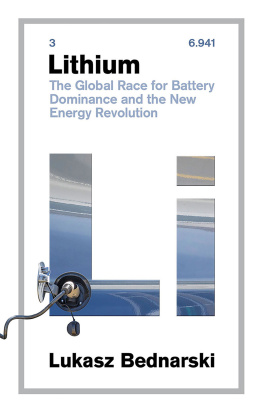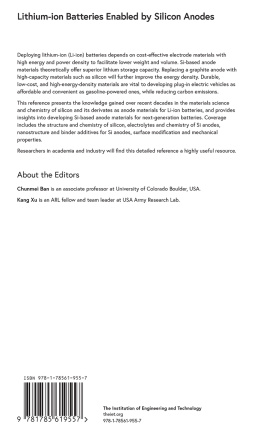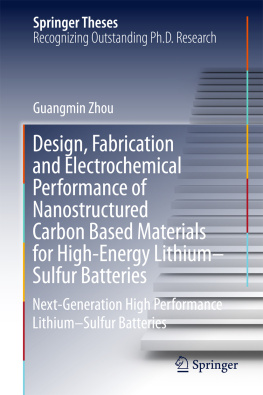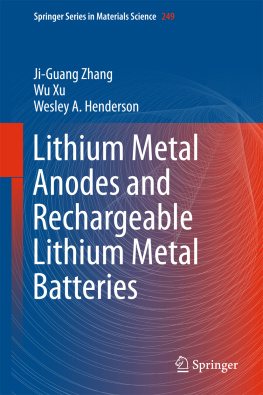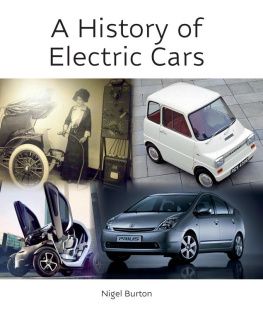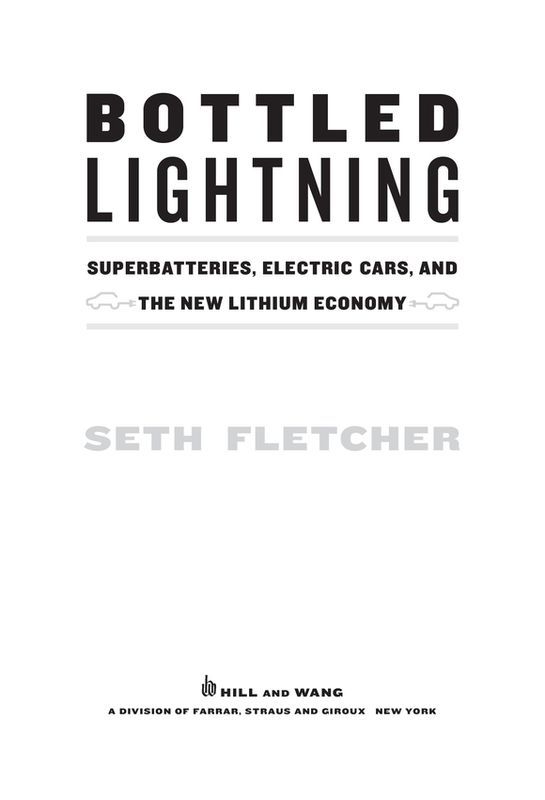To skeptics, the Chevrolet Volt concept car was nothing but a public-relations stunt, an unserious stab at building green credibility through future-shock styling and a hollow promise of untold advances in fuel economy. After all, the annual North American International Auto Show more closely resembles a Paris fashion show than tent day on the dealer lot. Every January, Detroits Cobo Hall is filled with outlandish concept carshydrogen-fuel-cell cars whose time is always just another year away, hallucinatory design studies whose lines might one day help determine the grille pattern on an otherwise bland sedan. Nothing wrong with that: its the way the automotive industry works. The artists and research-and-design people have their fun, and then the executives and engineers water the fanciful down to something safe, something that the board suspects might actually sell. Sometimes the technological advances that run down the automotive catwalk do eventually appear in the real world. But in early 2007 GM had a credibility problem. It was natural to wonder how serious the manufacturer of the Hummer could be when it said it would soon build an entirely new type of twenty-first-century automobile.
The skepticism surrounding the Volt was partly informed by the documentary Who Killed the Electric Car? , which had premiered at the Sundance film festival the previous year and had quickly become a cult hit, delivering to an unexpectedly large audience footage of General Motors seizing all but a few specimens of its earlier EV1 electric car from their heartbroken drivers, hauling them out to the desert, and crushing them en masse behind a security fence. The documentary didnt directly accuse GM of conspiracy, but it didnt matter. Particularly among the young and the environmentally conscious, a new piece of conventional wisdom threatened to crystallize: General Motors, an evil American corporation, had colluded with the oil companies (also evil) to rid the land of an existential threat, the electric car.
Yet the truth was that by the day of the auto show, General Motors had done vastly more production-intent work on the Volt than they ever would for a normal concept car. It hadnt been easy, but its product-planning chief, Bob Lutz, had secured a good-faith commitment from his superiors to build the Volt. It was to be a moon shot, a game changeran entirely new type of car, one more relevant and useful than any electric vehicle that had come before. Thanks to its series hybrid drivetraina battery-powered electric traction motor backed up by a gas-powered generatorthe Volt would hardly ever use gasoline around town. If you werent opposed to buying gas, however, you could also drive the car cross-country. And the Volts power architecture could be transferred to any number of other vehicles.
The Volt, or at least the idea of the Volt, was promising enough that some of GMs criticseven some of the people behind Who Killed the Electric Car? allowed themselves to be cautiously open-minded. There were indications that this time, General Motors might be serious. Rumors had been spreading for months that the company might be ready to get back into electrification. Lutz had been stung by Who Killed the Electric Car? More important, he had come to see GMs ceding of the lead in the newly fashionable hybrid market to Toyota and its Prius as a terrible mistake. The righteous glow of the Prius was by 2006 shining on every car and truck Toyota built. The Prius was the ultimate image booster for the company that appeared set to surpass GM as the worlds largest automaker. Then, the arrival of start-up Tesla Motors and its glamorous electric roadster finally made Lutz snap.
The skeptics were right about one thing: the Volt was definitely about image. The car was Lutzs baby, designed in pseudoSkunk Works fashion, pitched as a reputation rebuilder for a stumbling, increasingly unprofitable company. He had given the designers little direction except that the car should be a technology showcase, and that it should be an electricnot a hydrogen-fuel-cell car, which by 2006 GM had spent at least a billion dollars researching. The prototype that the designers came up with was sexy, like a twenty-second-century Camaro, and on the day of its unveiling, standing beneath the blue-gelled stage lights next to his gleaming car of the future, Lutz appeared to gloat.
Announcing the Volt, General Motors executives argued that the time for the electrification of the automobile had finally arrived, thanks to a critical enabling technology: the lithium-ion battery. This was the same technology responsible for the miraculous shrinkage of the cellular phone. These batteries were three times more energetic and less than half the weight of the lead-acid cells that drove the EV1. Make that the lead-acid cells that doomed the EV1. The company line was that heavy, inefficient lead-acid batteries, the best available in 1996 when production of the EV1 began, were so bulky that it was impossible to shove a backseat into the car, so short-lived that the vehicle was limited to a maximum range of one hundred miles or so, after which, if you ran out of juice, you were, as Lutz would later say, truly screwed. This is why the EV1 failed, GM contended: it was really just an inadequate car. But the lithium-ion battery changed everything. It could bottle up enough energy in such a small and light package that suddenly an affordable four-passenger electrified vehicle was feasible.
There was a major caveat: the batteries werent quite ready. The type of lithium-ion battery used in laptops and cellular phones wasnt suitable for use in a car, experts argued. It wasnt safe enough, powerful enough, or durable enough for the many years of abuse that an electric-car battery would have to endure. That could change quickly, however: around the world major electronics companies, venture-backed start-ups, and scientists in national and university labs were developing new strains of lithium-based batteries that had the potential to make the Volt reality. Once the batteries were ready, the car would be ready too.
Plenty of people thought GM was simply setting itself up, once again, to blame the failure of an electric-car program on the batteries. Even the optimists were afraid of being fooled again. This new battery technology was promising, and the Volts blended power train cleverly circumvented the most common obstacle to electric drivelimited driving range. None of that would necessarily stop GM from milking the car for PR value without ever putting it into meaningful production. But there was a chance. If the events of the next few years unfolded in just the right way, the electric cars time could finally arrive.
Three years after the Volts unveiling, I found myself standing on a rocky bluff in a remote and desolate corner of the Bolivian altiplano. In the distance, like an endless vanilla glaze on a mud-chocolate landscape, was the Salar de Uyuni, the largest salt flat in the world, which, by some estimates, holds half of the worlds easily accessible lithium. Below lay the construction site of the Bolivian governments pilot plant for lithium production, a small collection of shacks and half-built brick-and-timber structures that had become a source of international fascination and, in Bolivia, plenty of domestic consternation. Delegations from the South Korean government, Japanese and French corporations, and others had been here before me, eager to secure access to Bolivias lithium riches in preparation for a postoil future. None of them had much luck. Bolivias president, Evo MoralesAymara Indian, head of the Movement Toward Socialism Party, former leader of a coca growers unionhad declared that in order to prevent foreigners from stealing the countrys lithium, the government would go it alone. This pilot plant was Bolivias first step toward building a national lithium industry.









